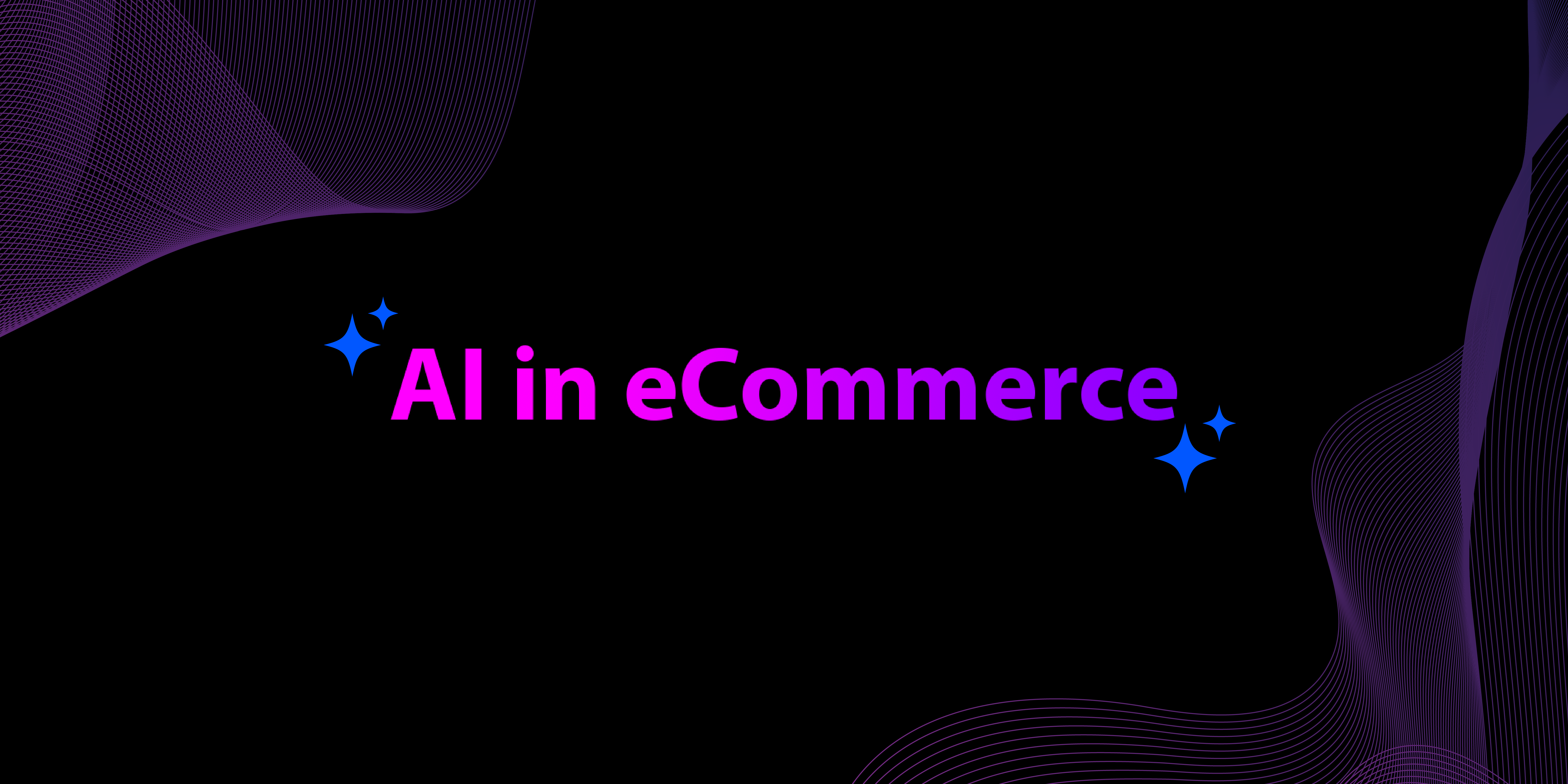

Last updated on
February 8, 2023
One of the biggest questions I see come up with e-commerce store owners, is how do I get traffic to my e-commerce store?
Perhaps the best way to answer that question is to look at how the big e-commerce giants like Macy.com, Nike.com, REI, and Zappos get their website traffic.
Please remember that these companies all started somewhere and didn’t have the amount of website traffic they have today, overnight.
Building website traffic is part art and part science. Today I will share with you the different sources that these large e-commerce sites focus on and how they drive traffic to their websites.
Google is probably the number one source of traffic that large e-commerce websites focus on since Google has a 92% market share of all web traffic.
We can’t forget that Yahoo and Bing play a part in traffic to these large e-commerce sites as well.

There are a few different ways to drive traffic using their search engine result pages (SERPs):

Getting listed on the first page of Google for the particular product you are trying to sell such as “black wedge shoes,” is the primary goal of large retailers.
If you can be in front of customers when they are looking for you, you will have a steady supply of potential sales coming in for your products.
But the big question is, how are these large retailers getting on the first page of Google in the organic results section? This is a very loaded question, but I will try and break it down with a few vital points.
Search Engine Optimization (SEO) is the “how” these large e-commerce sites get their sites on the first page of Google organically.
They more than likely have an in-house SEO team that spends 10 hours/day simply working on SEO for the website.
There are several SEO techniques that can be used not just with large e-commerce websites, but with any e-commerce website whether big or small. Refer to this case study of a liquor retailer whose revenue skyrocketed within a few months using the right SEO techniques.
I could write multiple blog posts on SEO, but for today’s purposes let’s look at some of the basics.
If you plug the URL Zappos.com into Moz’s Link Explorer, you can easily see that Zappos.com has 76,000 linking domains, for a total of 33.7 million inbound links coming into their website.

There are several main techniques that are included in on-page SEO including:
You can get an in-depth view of what is involved in on-page SEO by viewing Brian Dean’s blog post called “On-Page SEO: The Anatomy Of The Perfectly Optimized Page.”
This is a huge responsibility for large e-commerce sites because their sites are so huge, that part of their SEO efforts must be focused on the technical side.
The technical side of SEO can get tough for people who aren’t well versed in it, but this is why large e-commerce companies have the budget to hire extremely smart individuals to strictly work on this aspect of their e-commerce store.
SEO professionals not only rely on years of SEO experience but they keep a close eye on current trends and updates. They use the best of tools and SEO trackers to evaluate how the smallest of their efforts are having an impact on the rankings.
As I mentioned above, I’m not going into a full SEO lesson today, but if you want to learn more you can visit one of the SEO gurus out there like Neil Patel and Brian Dean.
People go to Google to search for solutions by using keywords that exactly match the problem. When you have an SEO optimized knowledge base that has 'how-to' articles matching these keywords, it becomes easy to climb SERP rankings and show up on top Google results.
This in-turn brings you high converting Traffic. You can use tools like Helpie, an SEO optimized WordPress Knowledgebase plugin, to help you get more organic traffic.

Paid traffic is also an extremely large portion of what drives traffic to large e-commerce websites.
Google Ads is the number one most used paid platform, and it’s the reason why Google is worth Billions of dollars today.
Google Ads works through Pay-per-click (PPC). Large e-commerce companies have large, million-dollar-a-month budgets that they budget exclusively for Google Ads.
In a nutshell, a company will pay a certain cost-per-click (CPC) every time someone simply clicks on their ad.

In this example, I typed in the keyword “cell phone providers”, the first three ads that you will see are from Visible.com, Verizonwireless.com, and then TotalWireless.com.
If I were to click on any one of those ads, it would cost the company whatever the CPC is for “cell phone providers.”
With that said, you can imagine if these large companies have million-dollar budgets, how much website traffic they are buying.
You can dive deeper into pay-per-click advertising by going over to PPC Hero and checking out their blog.

Social media advertising using Facebook, Instagram, and Twitter is just as important for large e-commerce stores as Google, depending on what you are selling.
Depending on what your target market is, you may not want to focus your entire budget on Instagram because 64% of its users are between the ages of 18-29.

Large e-commerce companies know their market and have done their market research, so social media allows them to hyper-target their ads to reach the correct audience.
Facebook is probably best known for their ability to help companies get their message in front of the right audience.
Big companies never ignore a marketing platform. Since budget is not a problem, they try and engage visitors on all channels. Social media is a massive pool of leads.
Display advertising can’t be left out of the mix. Display advertising has been around for a long time and is considered more of a branding technique, yet it also drives tons of traffic for large e-commerce retailers.

The above is an example of a display ad I found in Yahoo’s home page for Chewy.com.
Typically with display advertising, an e-commerce site will pay based on cost-per-thousand (CPM) impressions.
In the Chewy.com example, the hook is Save 30%, and the call-to-action is “Shop Now.” Running ads with strong call-to-actions is how large retailers get you, the consumer, to click through to their e-commerce sites and generate sales.
Retailers can run these display ads on Google’s network, or they can use a strategy called Programmatic Advertising to get the ad reach that they are looking for, on a variety of different website properties online using a different buying method through a self-serving vendor like Sitescout.

Image source - Jeffbullas
Email marketing is a vital piece of the marketing strategy that big e-commerce companies use.
You will notice that if you ever buy anything from a company like Nike, Macy’s, or REI, you will get put on an email list.
This is because these large retailers know that consumers that purchase products through email spend 138% more than those who don’t receive email offers.
No one really likes to be put on a list to get emails, but if you get put on a list of something that you are interested in, then everything changes right?
I love getting emails from Macy’s about the specials and promotions going on. I don’t mind, because I am interested in what Macy’s has to offer.
You can also get put on an email list by simply opting-in to receive promotions and special offers from the company you may be interested in, and large retailers need email marketing as a tool because 77% of consumers prefer emails over text, phone calls, direct mail, and social media.
Email marketing is also a great way for e-commerce companies to upsell consumers on other products or services that they may offer.
The value is in the list. Large companies know this, and they will go to great lengths to capture your name and email address so they can continue to market their products and services to you.
In the world of e-commerce and large retailers, the budget is of no consequence. With an endless budget, they can spend millions acquiring customers to get their products and services.
Of course, they can’t spend an infinite amount of money on driving traffic to their websites unless they are getting a solid return on investment (ROI).
Without solid, returns your company won’t flourish, no matter how big or small.
Now that you understand a few of the large traffic sources that large e-commerce retailers use and how they do it, you can go out and use some of these strategies for your own store.
Good luck!
Content marketing guru at Mailmunch. I’m passionate about writing content that resonates with people. Live simply, give generously, stay happy.

Hamna Abid
July 11, 2023

Hamna Abid
June 23, 2023

Ammar Mazhar
May 30, 2023